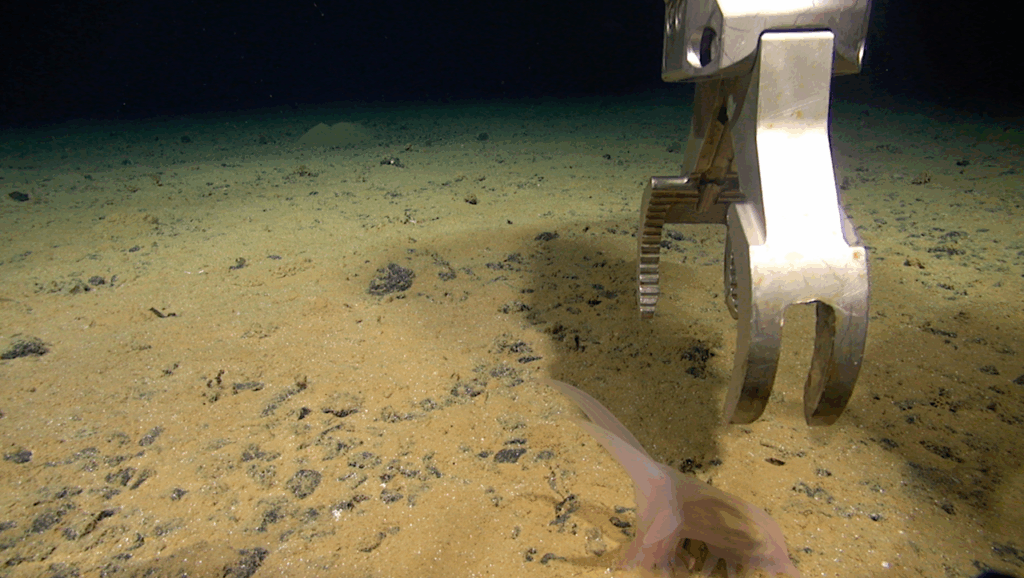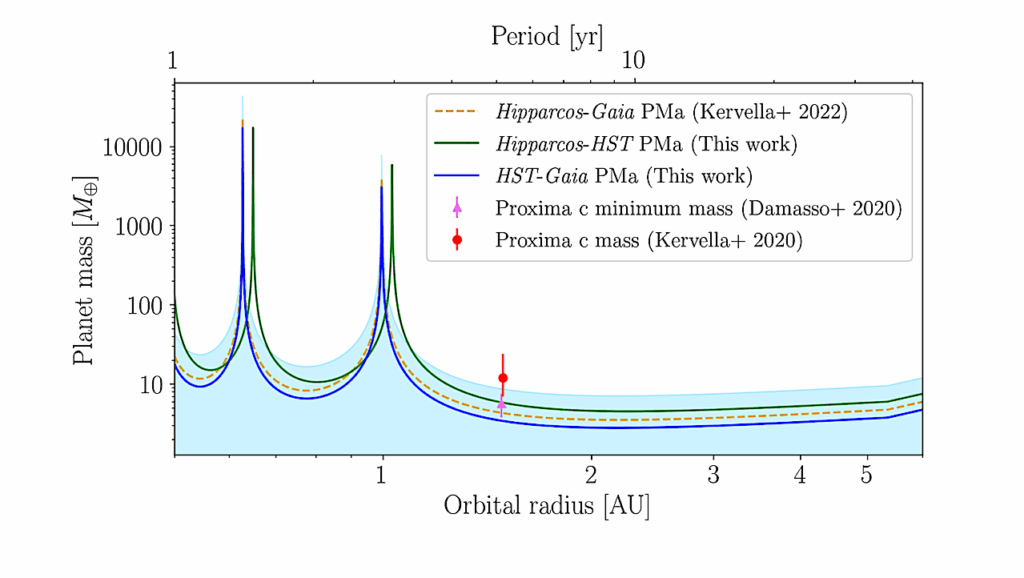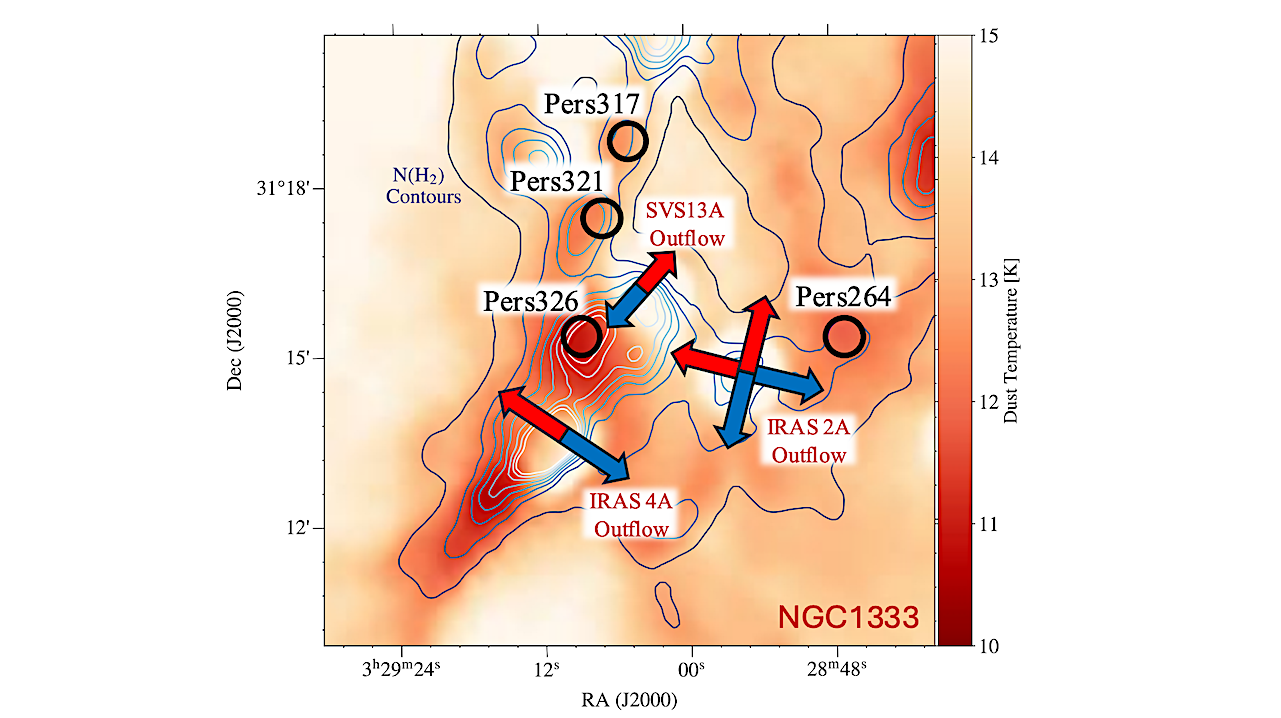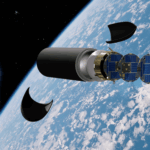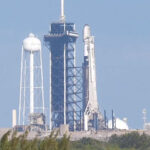Now Reading: A Search for Exoplanet Candidates in TESS 2-min Light Curves using Joint Bayesian Detection
-
01
A Search for Exoplanet Candidates in TESS 2-min Light Curves using Joint Bayesian Detection
A Search for Exoplanet Candidates in TESS 2-min Light Curves using Joint Bayesian Detection
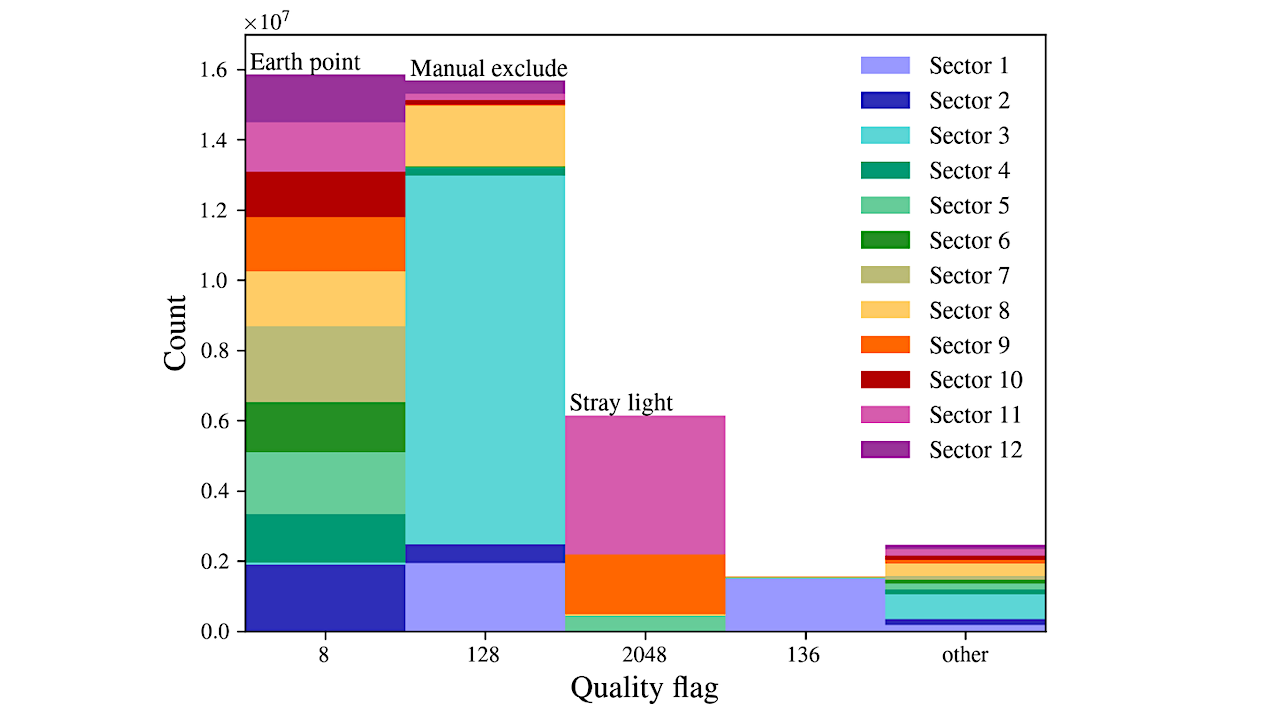

The frequency of quality flagged cadences as they occur in year 1 light curves. The most commonly occurring quality flags have the following keys and descriptors: 8) spacecraft is in Earth point; 128) manual exclude due to an anomaly; 2048) stray light from Earth to Moon in camera FOV; 136) unspecified; and other) all other quality flags. Broadly, the majority of flagged data is due to the spacecraft being in Earth point, and uniformly occurs over different sectors. We justify masking all flagged data as the three most commonly occurring flags are dominant and indicate a high likelihood of photometric error. — astro-ph.EP
In this work, we apply an exploratory joint Bayesian transit detector (Taaki et al. 2020), previously evaluated using Kepler data, to the 2 min simple aperture photometry light curve data in the continuous viewing zone for the Transiting Exoplanet Survey Satellite (TESS) over three years of observation.
The detector uses Bayesian priors, adaptively estimated, to model unknown systematic noise and stellar variability incorporated in a Neyman-Pearson likelihood ratio test for a candidate transit signal; a primary goal of the algorithm is to reduce overfitting.
The detector was adapted to the TESS data and refined to improve outlier rejection and suppress false alarm detections in post-processing. The statistical performance of the detector was evaluated using transit injection tests, where the joint Bayesian detector achieves an 80.0 % detection rate and a 19.1% quasi-false alarm rate at a detection threshold tau = 10; this is a marginal, although not statistically significant, improvement of 0.2% over a reference sequential detrending and detection algorithm. In addition, a full search of the input TESS data was performed to evaluate the recovery rate of known TESS objects of interest (TOI) and to perform an independent search for new exoplanet candidates.
The joint detector has a 73% recall rate and a 63% detection rate for known TOI; the former considers a match against all detection statistics above threshold while the latter considers only the maximum detection statistic.
Jamila S. Taaki, Athol J. Kemball, Farzad Kamalabadi
Comments: Astronomical Journal Paper
Subjects: Earth and Planetary Astrophysics (astro-ph.EP); Instrumentation and Methods for Astrophysics (astro-ph.IM)
Cite as: arXiv:2504.18706 [astro-ph.EP] (or arXiv:2504.18706v1 [astro-ph.EP] for this version)
https://doi.org/10.48550/arXiv.2504.18706
Focus to learn more
Submission history
From: Jamila Taaki
[v1] Fri, 25 Apr 2025 21:35:12 UTC (8,415 KB)
https://arxiv.org/abs/2504.18706
Stay Informed With the Latest & Most Important News
Previous Post
Next Post
-
 012024 in Review: Highlights from NASA in Silicon Valley
012024 in Review: Highlights from NASA in Silicon Valley -
 02Panasonic Leica Summilux DG 15mm f/1.7 ASPH review
02Panasonic Leica Summilux DG 15mm f/1.7 ASPH review -
 03From Polymerization-Enabled Folding and Assembly to Chemical Evolution: Key Processes for Emergence of Functional Polymers in the Origin of Life
03From Polymerization-Enabled Folding and Assembly to Chemical Evolution: Key Processes for Emergence of Functional Polymers in the Origin of Life -
 04How New NASA, India Earth Satellite NISAR Will See Earth
04How New NASA, India Earth Satellite NISAR Will See Earth -
 05And Thus Begins A New Year For Life On Earth
05And Thus Begins A New Year For Life On Earth -
 06Astronomy Activation Ambassadors: A New Era
06Astronomy Activation Ambassadors: A New Era -
07SpaceX launch surge helps set new global launch record in 2024














